All live lectures will be recorded and available for viewing the day after each session and after the conference so that you don’t miss a moment – no matter where you are.
|
|
|
 |
Rick Chalaturnyk University of Alberta |
|
Title: Impact of Multi-scale Deformations on Multi-phase Flow Considerations in Porous Media Abstract: Subsurface processes reflected in groundwater hydrology in the vadose zone, geological CO2 sequestration, transport of non-aqueous phase liquid contaminant in aquifers, extraction of geothermal energy and enhanced oil recovery require an accurate characterization of mechanical pore deformation, multiphase fluid transport, and their physical interactions (i.e., poromechanical interactions). Recognizing that the subsurface will also be exploited as an energy storage resource as society makes a transition to renewable energy sources, an improved understanding of the imposed coupled hydraulic, thermal, mechanical and chemical processes is required to ensure the subsurface is developed in a safe, secure manner. Pore-spaces present within these subsurface formations will deform in response to the changes in effective stress, and in general, the physical mechanisms controlling stress-dependent pore deformations are well-understood, both analytically (based on poroelasticity theory), and experimentally. These poromechanical interactions have been shown to have a major impact on single-phase (i.e., absolute permeability) and multiphase flow properties of porous media and so it is expected that multiphase flow mechanisms including drainage and imbibition would also expected to be deformation-dependent in porous media. Today, sophisticated models are being developed and implemented that can capture complex multiscale, multiphysics phenomena but rarely do these models incorporate dynamic changes (i.e. pore volume and topology changes due to changes in effective stress) in relative permeability and/or capillary pressure relationships. This presentation will explore recent experimental studies that have revealed significant impacts on the multiphase flow properties (e.g., relative permeability and capillary pressure) of rocks as a result of effective stress-induced pore deformation and the impacts on modeling from the pore network scale to reservoir scale will be discussed in relation to these studies. Bio: Currently a Professor of Geotechnical Engineering in the Department of Civil and Environmental Engineering at the University of Alberta and holds an NSERC/Energi Simulation Industrial Research Chair in Reservoir Geomechanics. Prior to joining the University in 1997, he co-founded a reservoir surveillance company called PROMORE Engineering and after joining the University, was engaged as Executive VP of Opsens Solutions, a company providing fiber-optic and non-fiber monitoring solutions to the SAGD and CO2 Storage. At the University of Alberta, Rick has established four unique, integrated, multidisciplinary university research laboratory environments called GeoInnovation Environments; GeoREF (Geomechanical Reservoir Experimental Facility), GeoCERF (Geotechnical Centrifuge Experimental Research Facility), GeoPRINT (a facility for 3D Printing of Geological Media for Reservoir Geomechanics), and GeoRMT (Geomechanical Reservoir Modelling Technology). He has been involved in carbon capture and storage research programs since 1999 with the IEA GHG Weyburn-Midale CO2 Storage and Monitoring Research Project and currently serves as a member of the scientific and engineering research committee for the Aquistore project in Saskatchewan and several other CCS initiatives. He Chaired Canadian Standards Association Technical Committee that developed the standard for the geological storage of CO2 and a member of an expert panel for the Council of Canadian Academies study “Harnessing Science and Technology to Understand the Environmental Impacts of Shale Gas Extraction Assessment”. Rick has obtained his BS and MS in civil engineering and PhD in geotechnical engineering all from the university of Alberta. |
|
|
|
|
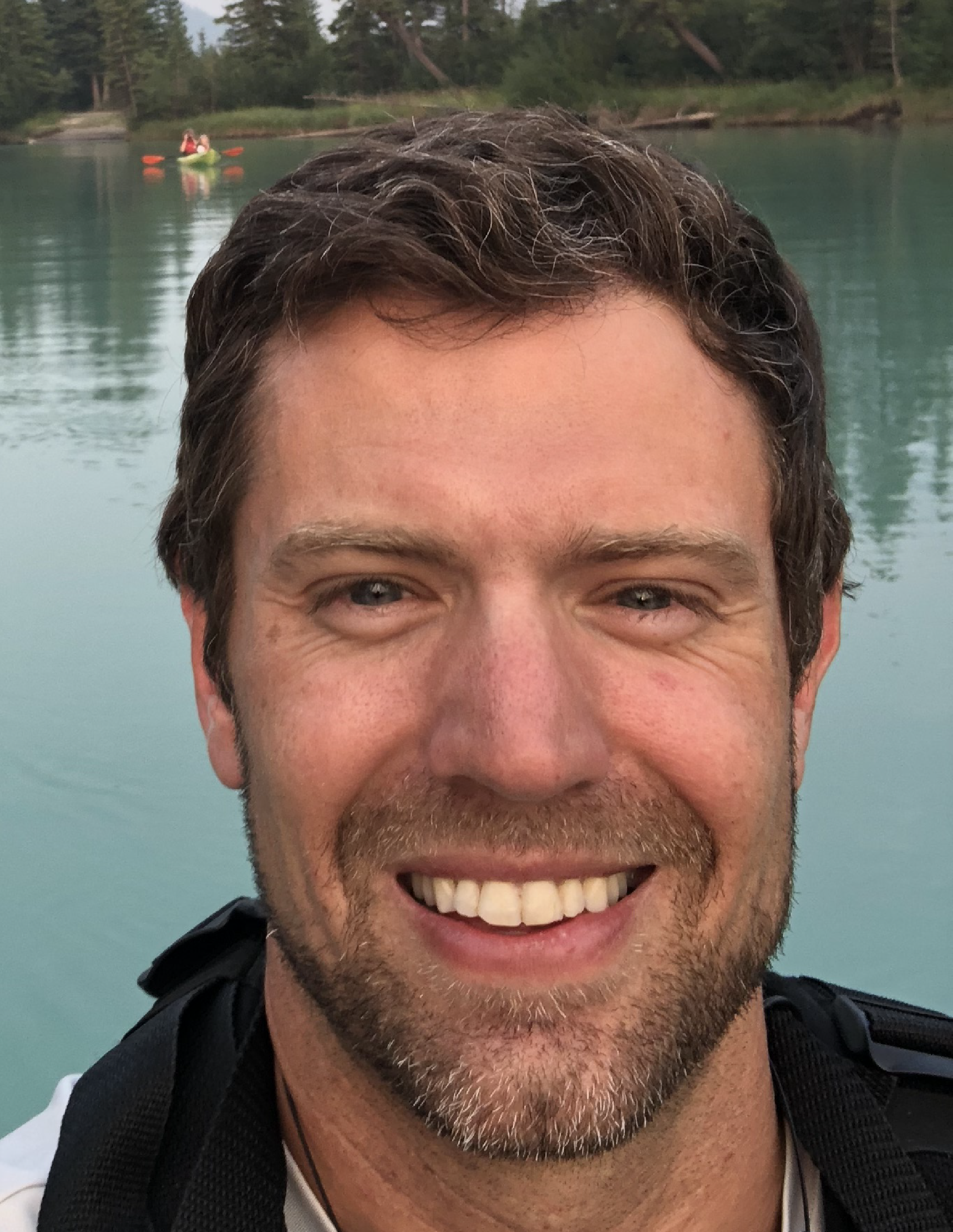 |
Andres Clarens University of Virginia |
|
Title: Reinforcing and balancing feedback loops driven by dissolution and precipitation in reactive transport through porous media Abstract: In order for us to use the subsurface for novel energy applications, we need a better understanding of the feedback mechanisms wherein chemical reactions accelerate or suppress transport. Applications such as geologic carbon storage, geothermal energy production, waste disposal, or energy storage all present new opportunities for transitioning to a low carbon future but all involve the injection of fluids that interact with host rocks in complex ways. Predicting the flow of fluids in chemically and physically heterogeneously rock will be important to understanding how these technologies will perform over long time scales. Here we report on efforts to measure and then model the transport of CO2 and water through rock containing mineral silicates. These silicates react with CO2 to form multiple products some of which can be resolubilized over time and some of which are stable. The soluble species, such as carbonate, will precipitate within pore bodies, creating a reactive front and opening flow pathways over time. The stable species, which consist largely of silicate hydrates, can block flow creating negative feedback loops that will suppress long term fluid migration. Using a suite of micro- and macroscale techniques including air permeability, scanning electron microscopy and energy dispersive X-ray spectroscopy (SEM-EDS), synchrotron µX-ray diffraction (µXRD), and synchrotron µX-ray fluorescence (XRF) mapping I will discuss how these processes play out in diffusion dominated column experiments conducted under reservoir conditions, high pCO2, high temperature, and buffered pH. The model system is very sensitive to initial pH conditions since dissolution processes control the leading edge of the reaction front. Interesting differences are observed experimentally between polymorphs of the same calcium silicate, which support the idea that regional dissolution processes can play an important role in controlling reactions and in turn fluid transport. After precipitation begins, the ways in which certain phases grows has an outsized impact on fluid transport. The growth of calcium silicate hydrates will be highlighted in particular because it tends to occur selectively within pore throats, which gives these reactions a disproportionally important role in limiting flow. In contrast, carbonates, which crystalize out of solution more uniformly in the pore space, are much less important in controlling fluid flow. Reactive transport modeling of this system reveals the interplay between dissolution-precipitation, volume changes, and porosity/permeability. The model incorporates microporosity in the calcium silicate phases to capture the changes observed in the experimental work and this has important implications for long term fluid transport. The modeling and its comparison with experimental work provides insight about how reactive transport modeling involving complex precipitate formation can be modeled in other contexts. Bio: Andres Clarens is a Professor of Environmental Engineering within the Department of Engineering Systems and Environment at the University of Virginia and Associate Director of the Pan-University Environmental Resilience Institute. His research is focused broadly on anthropogenic carbon flows and the ways that CO2 is manipulated, reused, and sequestered in engineered systems. The results of his work are important for developing efficient strategies for mitigating the emissions that are driving climate change and for understanding how infrastructure systems must be adapted to meet these changes. At the largest scales, his system-level modeling work has explored the life cycle of systems in the manufacturing, transportation, and energy sectors such as renewable energy processes and waterless fracturing. In the laboratory, he is pursuing complementary research in the phase behavior and surface chemistry of carbon dioxide mixtures at high pressure to develop new ways to store CO2 underground or derive carbon-negative cements. In the classroom, Prof. Clarens engages in peer-to-peer learning at both the undergraduate and graduate level with an emphasis on developing innovative tools for teaching the fundamentals of climate change. He is the recipient of the National Science Foundation CAREER award, the American Chemical Society Petroleum Research Fund Young Investigator Award, and is a US Fulbright Fellow. He has held visiting faculty positions at Utrecht University (Netherlands) and the Technical University of Argentina. He is the chairman of the Environmental Research and Education Advisory Committee for the National Science Foundation. In his spare time, he enjoys running, backpacking, fly-fishing, and traveling. He holds a B.S. in Chemical Engineering from the University of Virginia, and an M.S.E. and Ph.D. in Environmental Engineering from the University of Michigan. |
|
|
|
|
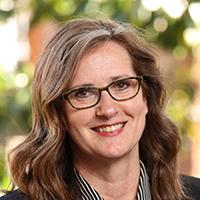 |
Roseanne Ford University of Virginia |
|
Title: Transport of chemotactic bacteria in porous media with residual sources of chemical pollutants Abstract: Nonaqueous phase liquid (NAPL) contaminants are difficult to eliminate from natural aquifers due, in part, to the heterogeneous structure of the soil matrix. Residual NAPL ganglia remain trapped in regions where the hydraulic conductivity is relatively low and they are consequently less bioavailable. Bioremediation processes depend on adequate mixing of microbial populations and the groundwater contaminants that they degrade. The ability of chemotactic bacteria to sense a chemical gradient and swim preferentially up the gradient toward higher concentration can enhance the accumulation of bacteria near contaminant sources that may otherwise not be readily accessible by advection and dispersion alone. Bio: Roseanne M. Ford is a Professor of Chemical Engineering at the University of Virginia. The focus of her research laboratory is on understanding microbial transport processes in the context of environmental remediation. Her laboratory uses experimental and modeling approaches that encompass a wide range of length and time scales from imaging chemotactic bands in microfluidic devices to monitoring dispersion within bench-scale microcosms to tracking the migration of bacteria introduced into a natural groundwater aquifer in order to study the role of chemotaxis in bioremediation. She holds a BS from the University of Delaware and MS and PhD from the University of Pennsylvania, all in chemical engineering. In 2003 she was a Visitor at the USGS in Boulder, CO and a Visiting Professor at EPFL in Lausanne, Switzerland. She was appointed the William R. Kenan, Jr. Visiting Professorship for Distinguished Teaching at Princeton University (2017-2018). She was elected a fellow of the American Institute of Medical and Biological Engineering and was awarded the Cavaliers' Distinguished Teaching Professorship, which is the highest teaching award given at the University of Virginia. |
|
|
|
|
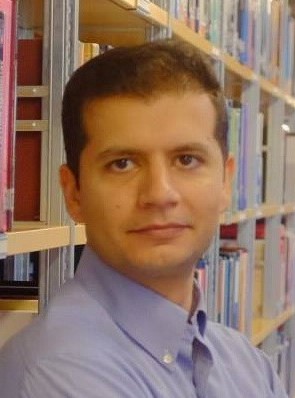 |
Hadi Hajibeygi TU Delft |
|
Title: Underground Hydrogen Storage: a multiscale lab-modeling study Abstract: Subsurface geological formations provide giant capacities for storing renewable energy, when it is converted into green gas (e.g. hydrogen) or compressed and hot fluids. While the utilisation of subsurface formations have a long track of success in the past decades, their successful contribution in the energy transition towards a green world comes with new scientific challenges. The cyclically-stored fluids are expected not only to be stored safely, but to be reclaimed efficiently and with the same purity as in the injection phase. The critical stress also will impose restrictions on the volume, rate, and frequency of the storage cycles. In this talk, I will introduce this topic to the Interpore scientific community, and describe its key ingredients. Then a comprehensive multiscale lab-model development is presented. Objectives are to characterize the cyclic hysteretic fluid transport and rock mechanics across scales in variety of rocks from salt caverns to heterogeneous fractured porous media. Bio: Hadi Hajibeygi is associate professor at TU Delft. His research interests are centred around modelling, simulation and sensitivity analysis of subsurface processes for large-scale renewable energy storage, geo-energy exploitation and greenhouse gas storage. He co-leads Delft Advanced Reservoir Simulation (DARSim) and Leads TU Delft Subsurface Storage Theme. He has been co-chair of the Interpore scientific program committee for 3 years and is in the committee of EAGE-ECMOR Conference & MIT Energy Symposium. He was the most Innovative Teaching Talent of TU Delft in 2018 and holds PhD (with medal) from ETH Zurich and has experience with Chevron Energy Technology Company in California. He did his post-doctoral research at Stanford University, Energy Resources Engineering, until 2013 when he joined TU Delft. He was guest professor at Stuttgart University between 2017-2020. He is a Dutch National Science ViDi Laurette of 2019. |
|
|
|
|
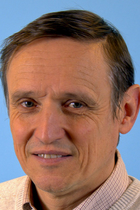 |
Jacques M. Huyghe University of Limerick |
|
Title: Poromechanics in extremely large deformation: swelling and fracture Abstract: Biomedical engineers face porous media with very low stiffness, high osmolarity and extremely large deformations. Examples are superabsorbent hydrogels and living cells. Volume strains above 1000 % strain are commonplace in diapers, female pads and growth plates. The strong nonlinearities of large deformation formulations of poromechanics hamper the use of analytical solutions. Large deformation u-p formulations fail in this regime. This means that simulation tools of poromechanics are inapt to a great deal of biology, which typically unfolds in the intracellular space. Local mass balance violation is the culprit under extremely large deformations. In order to address this issue, we developed a mixed hybrid formulation of poromechanics of swelling gel based on a Raviart-Thomas finite element. This formulation strictly complies with local mass balance. Swelling computations are possible down to a shear modulus of 10 kPa. Surface instabilities easily develop as osmotic forces overtake the stabilising effect of the elasticity. Fracture simulation using large deformation XFEM including flow within the crack, between the crack and the formation and within the crack, allows for initiation, coalescence and bifurcation of cracks. XFEM computations predict experimentally observed staccato propagation of cracks in hydrogels. Constitutive modelling of swelling require the concurrent use of elastic, mixing and ionic energies in Flory-Rehner swelling model. Interaction terms between elastic and ionic energies occur because the stiffness of gels directly depends on ionic concentrations. Future perspectives on constitutive modelling of swelling and fracturing gels include herniation of intervertebral disc, mechanotransduction of extracellular matrix and design of biomimetic hydrogels. Hydraulic fracturing of shale is an important geotechnical application. The presented work is collaboration with Cong Yu (Eindhoven University of Technology), Jingqian Ding (Eindhoven University of Technology), and Eanna Fennel (University of Limerick.)
Jacques Huyghe holds a Master degree in Civil Engineering from Ghent University, Belgium (1979) and a Ph.D. from Eindhoven University of Technology, The Netherlands. Jacques Huyghe has a unique signature in that he has been working at the interface between biomedical and petroleum engineering. He advertised repeatedly the close analogies between biological tissues and geomaterials and the urgent need to exploit these analogies in developing numerical models and industrial/clinical technologies. He authors more than 125 full-size SCI-publications, is the recipient of many awards among which a Royal Dutch Shell donation (1995-1998), a fellowship of the Royal Netherlands Academy of Arts and Sciences (1996-2001) and a swelling materials InterPore Award (2013). He has been cooperating with many industrial partners among which Philips Research, Shell |
|
|
|
|
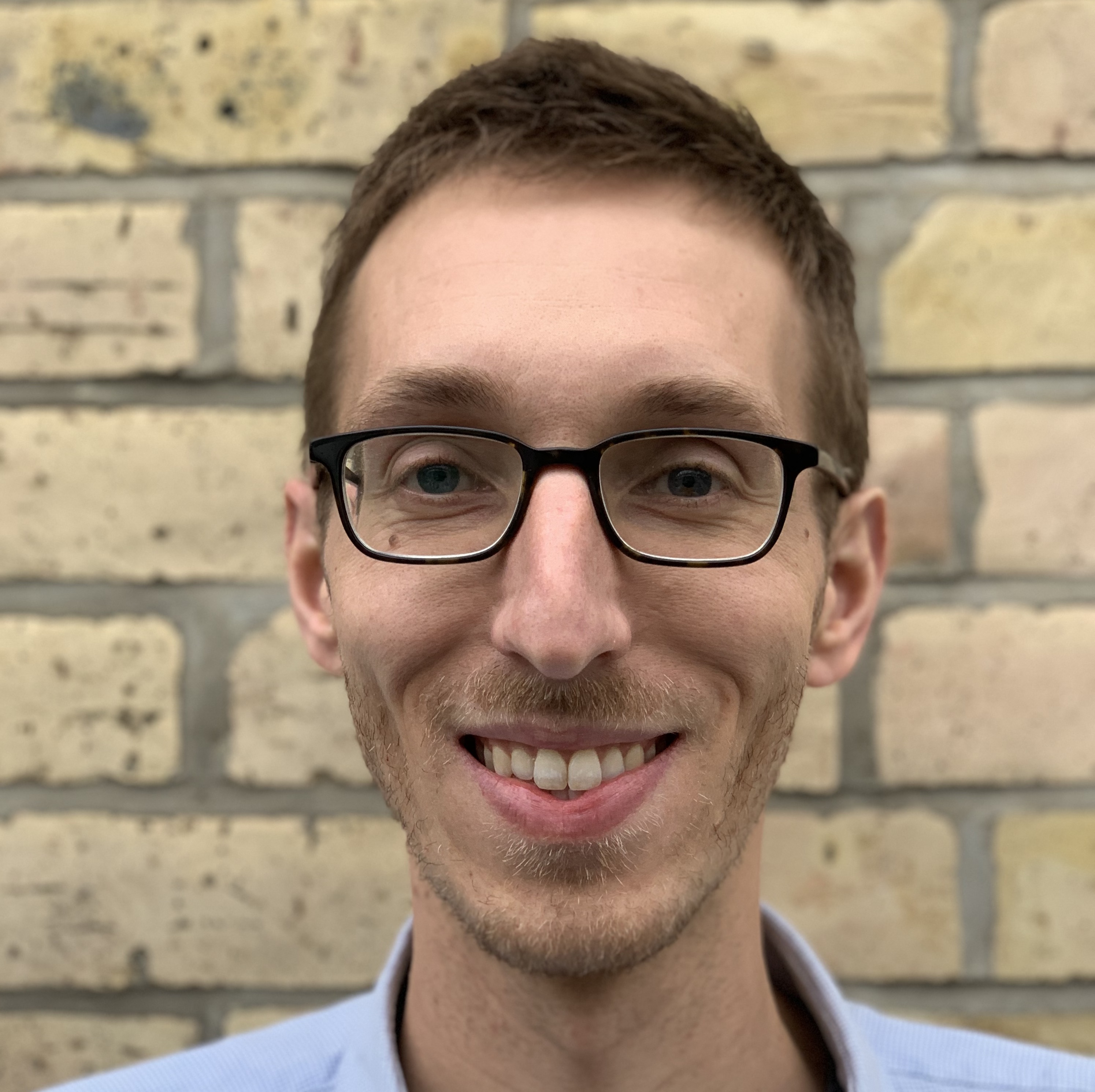 |
Christopher MacMinn University of Oxford |
|
Title: Fluid-fluid phase separation in a soft porous medium Abstract: The interactions of two fluids within a porous medium depend strongly on flow conditions, wettability, and the structure of the pore space. At the pore scale, these interactions are characterised by the formation of wetting films that coat solid surfaces and occupy corners and throats, and the formation of non-wetting blobs that occupy larger pore bodies. The invasion of non-wetting blobs into narrow throats is energetically unfavorable, but it can be forced with a sufficiently high pressure gradient. A soft porous medium is one in which the pore structure can deform in response to the flow. The most striking feature of two-fluid-phase flow in a soft porous medium is the tendency of the non-wetting phase to enlarge the pore space by pushing the solid grains apart, to the point of forming macroscopic cavities in the medium. These cavities can be much larger than the pore scale, and they form spontaneously when the energetic benefit of reducing the Laplace pressure exceeds the energetic cost of deforming the solid skeleton. Here, we consider this process through the lens of phase separation, where a non-wetting phase separates (or not) from a fluid-fluid-solid mixture. Informed by the thermodynamics and large-deformation poromechanics of this system, we construct a phase-field model in which two immiscible fluids interact with a poroelastic solid skeleton. Our model captures the competing effects of elasticity, confinement, flow, and fluid-fluid-solid interactions. We then use our model to consider an initial distribution of non-wetting fluid in the pore space that separates into multiple cavities. We identify the key parameters that control phase separation, the conditions that favor the formation of cavities, and the characteristic size of the resulting cavities. We complement this analysis with experimental observations. Our results have implications for a wide variety of natural and industrial systems, such as the nucleation and growth of gas bubbles in lake beds and waste ponds. Chris is an Associate Professor in the Department of Engineering Science at Oxford. He earned his PhD in Mechanical Engineering from MIT in early 2012, after which he was a Postdoctoral Fellow at the Yale Climate & Energy Institute at Yale University until joining Oxford in late 2013. His research group at Oxford -- the Poromechanics Lab -- is an interdisciplinary team of engineers, physicists, mathematicians, and geoscientists. They study a variety of problems related to flow, transport, and deformation in porous media, with applications in soft materials and subsurface engineering. The common thread running through all of their work is the combination of mathematical modelling with high-resolution experiments to develop insight into complex natural and industrial systems. Their work has attracted support from the Royal Society, the UK Engineering and Physical Sciences Research Council, and the European Research Council. |
|
|
|
|
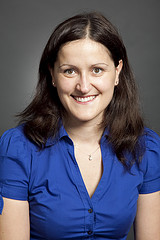 |
Masa Prodanovic The University of Texas at Austin |
|
Title: Data-based prediction of transport in heterogeneous porous media Abstract: The current barrier to scientific progress in many science and engineering fields is not acquiring data, but efficiently using it for characterization, simulation of transport processes and integration across spatial and temporal scales. In digital rock petrophysics, specifically, advances in high-resolution imaging techniques in the past 30 years have provided a wealth of 2D and 3D datasets that reveal the microstructure of and transport phenomena in rocks and soil on scales ranging from nanometers to centimeters. Many of those are curated in Digital Rocks Portal, https://www.digitalrocksportal.org/. I present a novel multiscale deep learning model that is able to learn from large number of images of porous media (harvested from Digital Rocks Portal) and data resulting from related high performance computing. The main novelty is ability to perform accurate inference of large computational domains exhibiting heterogeneity thanks to its efficient architecture of linked neural networks. The model opens up the possibility of solving domain sizes that would not be feasible using traditional direct simulation tools on a desktop computer, as well as integrating multiple imaging scales available. The method is validated with a laminar fluid flow case using vuggy and fractured porous samples. While we currently focus on validating single phase flow application, we expect the methodology to be applicable to many other transport problems where geometry has the first order influence. We finally discuss integration of both geometry and wettability information in predicting two phase flow in fractures. The presented work is collaboration with J. E. Santos, Y. Yin, M. Pyrcz, N. Lubbers, E. Guiltinan, H. Viswanathan and Q. Kang. Bio: Maša Prodanović is Associate Professor and Chevron Centennial Teaching Fellow in Hildebrand Department of Petroleum and Geosystems Engineering (PGE), UT Austin. She is an applied mathematician turned engineer and has expertise in direct simulation of flow and particulate transport in porous and fractured media, porous media characterization especially based on 2D and 3D images of rock microstructure, unconventional resources and data curation. Most recently she received SPE Formation Evaluation regional award for development of Digital Rocks Portal in 2019, Texas 10 (top faculty) and Stony Brook 40 Under Forty awards in 2017, SPE Faculty Innovative Teaching Award in 2014 and Interpore Procter & Gamble Research Award for Porous Media Research in 2014. She organized and instructed internationally multiple short courses on image analysis in porous media, and is passionate about creating open source community and data environment in digital rock petrophysics. Last but not the least, she has been elected to NSF EarthCube Leadership Council (member at large, 2019-21), Interpore Council (2021) and SIAM Program Director (2021-22). |
|
|
|
|
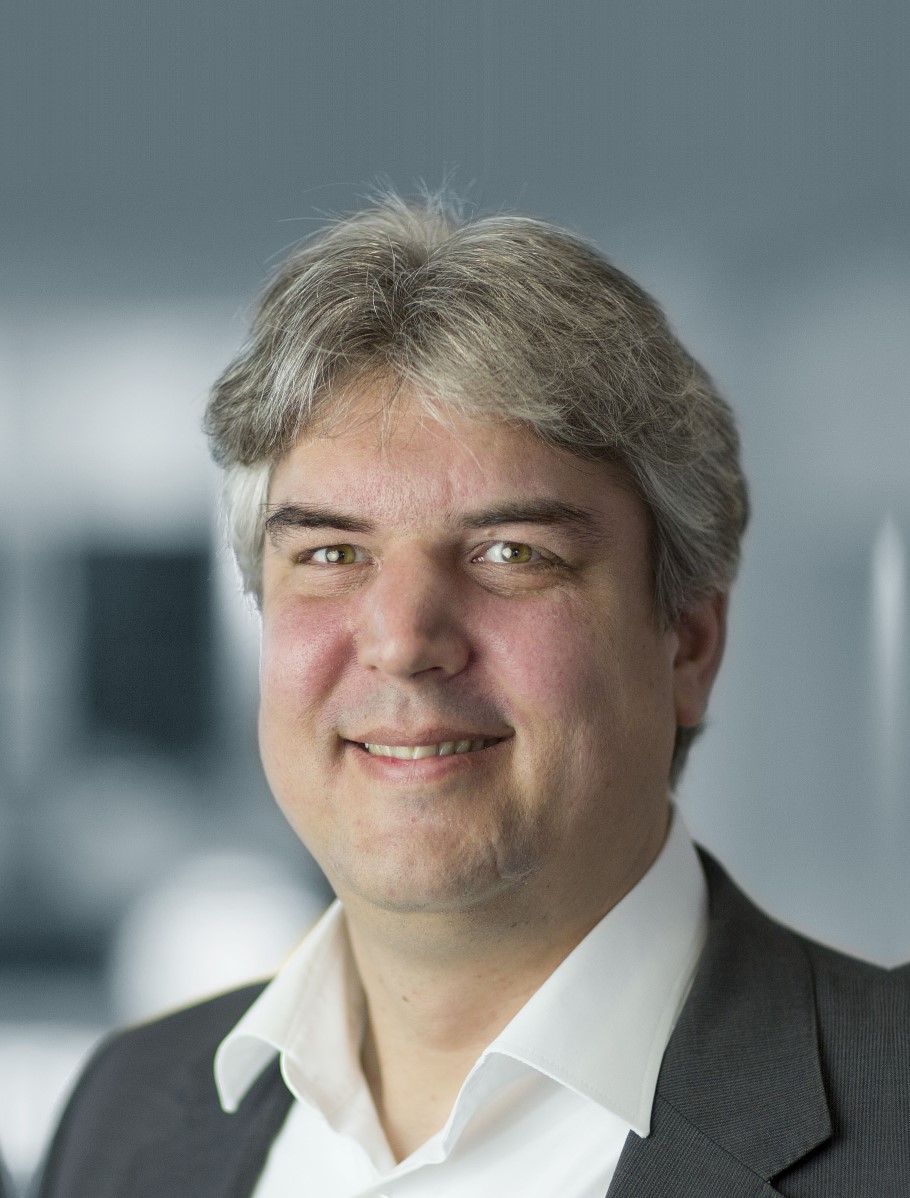 |
Oliver Röhrle University of Stuttgart |
|
Title: The Theory of Porous Media in Modelling Biological Tissues Abstract: Experience and training are key aspects in medical practice. However, unlike other professions, medical practitioners have limited opportunities to perfect their skills before they must operate on people. Simulations help overcome such obstacles by carrying out virtual experiments, which would otherwise not be feasible. However, the human body is the most complex system known to mankind. The models for the simulations tend to be equally complex and computationally expensive. As humans are essentially a fluid saturated solid, empowering porous media models provides a useful and cost-effective tool for testing, analysing, planning and training of particular medical procedures. Simulating the vertebroplasty procedure, where a viscous fluid bone-cement is injected to the porous inside of vertebral bones to regain stability after the bone-cement has hardened, is one example. The key to use such simulations as a training / predictive tool is to validate the spread, i.e., the frontiers or the interfaces, of the injected bone cement (which is a PMMA), as it is injected, as well as the phase transition, i.e., the hardening process of the bone cement. Perfusion, i.e. flow of blood through capillaries into the heart or the organs, can be modelled using porous media as well. By including the transport equations, one can also model exchange processes occurring via advection, diffusion, and osmosis. Examples include vital processes like delivery of drugs to target organs, filtration of blood in the kidneys, gas exchange in the lungs, ion diffusion through the intervertebral disc, clotting of blood via thrombosis, etc., to name only a few. Especially linking the micro-scale chemical kinetics to tissue/organ scale porous media modelling is a powerful method for analysing, investigating and predicting (mechanical) behaviour of biological processes. There is a vast scope of applicability for porous media in the medical field, yet it is still largely untapped. Nevertheless, it has the potential to be one of the areas of mainstream research in the field, owing to its efficiency and versatility. In this talk, selected applications like the vertebroplasty and blood perfusion will be addressed. Oliver Röhrle is Professor for “Continuum Biomechanics and Mechanobiology” and the founding Director of the Institute for Modelling and Simulation of Biomechanical Systems at the University of Stuttgart, Germany. He is also a Fellow of the Stuttgart Center for Simulation Technology (SimTech) and a Senior Research Expert at Fraunhofer IPA. He received a M.Sc. in Mathematics at the University of Wisconsin at Milwaukee, USA (1999) and his Diplom in “Wirtschaftsmathematik” at the University of Ulm (2000). After his PhD in Applied Mathematics at the University of Colorado at Boulder, USA (2004), he spent 4 years as a research scientist at the Auckland Bioengineering Institute at the University of Auckland, New Zealand. He is the spokesperson for the Stuttgart-Auckland International Training Research Group on “Soft Tissue Robotics” and for the newly established DFG (German Research Foundation) funded Priority Programme on “Robustly coupling continuum-biomechanical in silico models to obtain active biological system models for later use in clinical applications - Co-design of modelling, numerics and usability”. His research focuses on multiscale computational modelling of soft biological tissues, in particular on modelling the musculoskseletal system. |
|
|
|
|
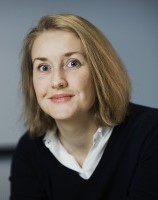 |
Marie Rognes Simula Research Laboratory |
|
Title: Understanding the mechanisms of the brain's waterscape Abstract: Your brain has its own waterscape: whether you are reading or sleeping, fluid flows around or through the brain tissue and clears waste in the process. These physiological processes are crucial for the well-being of the brain. In spite of their importance we understand them but little. Mathematics and numerics could play a crucial role in gaining new insight. Indeed, medical doctors express an urgent need for modeling of water transport through the brain, to In this talk, we will look at mathematical, mechanical and numerical aspects for understanding mechanisms involved in the brain's watercape across scales. At the macroscale, the brain can be viewed as a poroelastic medium with multiple fluid and pressure compartments interacting. At the mesoscale, the vasculature twist and turn through the brain parenchyma: defining lower dimensional structures interacting with the brain tissue. And at the microscale, brain cells and extracellular space interact via electrical, chemical and mechanical signalling. Bio: Marie E. Rognes is Chief Research Scientist and Research Professor in Scientific Computing and Numerical Analysis at Simula Research Laboratory, Oslo, Norway. She received her Ph.D from the University of Oslo in 2009 with an extended stay at the University of Minneapolis, Twin Cities, Minneapolis, US. She has been at Simula Research Laboratory since 2009, led its Department for Biomedical Computing from 2012-2016 and currently leads a number of research projects focusing on mathematical modelling and numerical methods for brain mechanics including an ERC Starting Grant in Mathematics. She won the 2015 Wilkinson Prize for Numerical Software, the 2018 Royal Norwegian Society of Sciences and Letters Prize for Young Researchers within the Natural Sciences, and was a Founding Member of the Young Academy of Norway. |
|
|
|
|
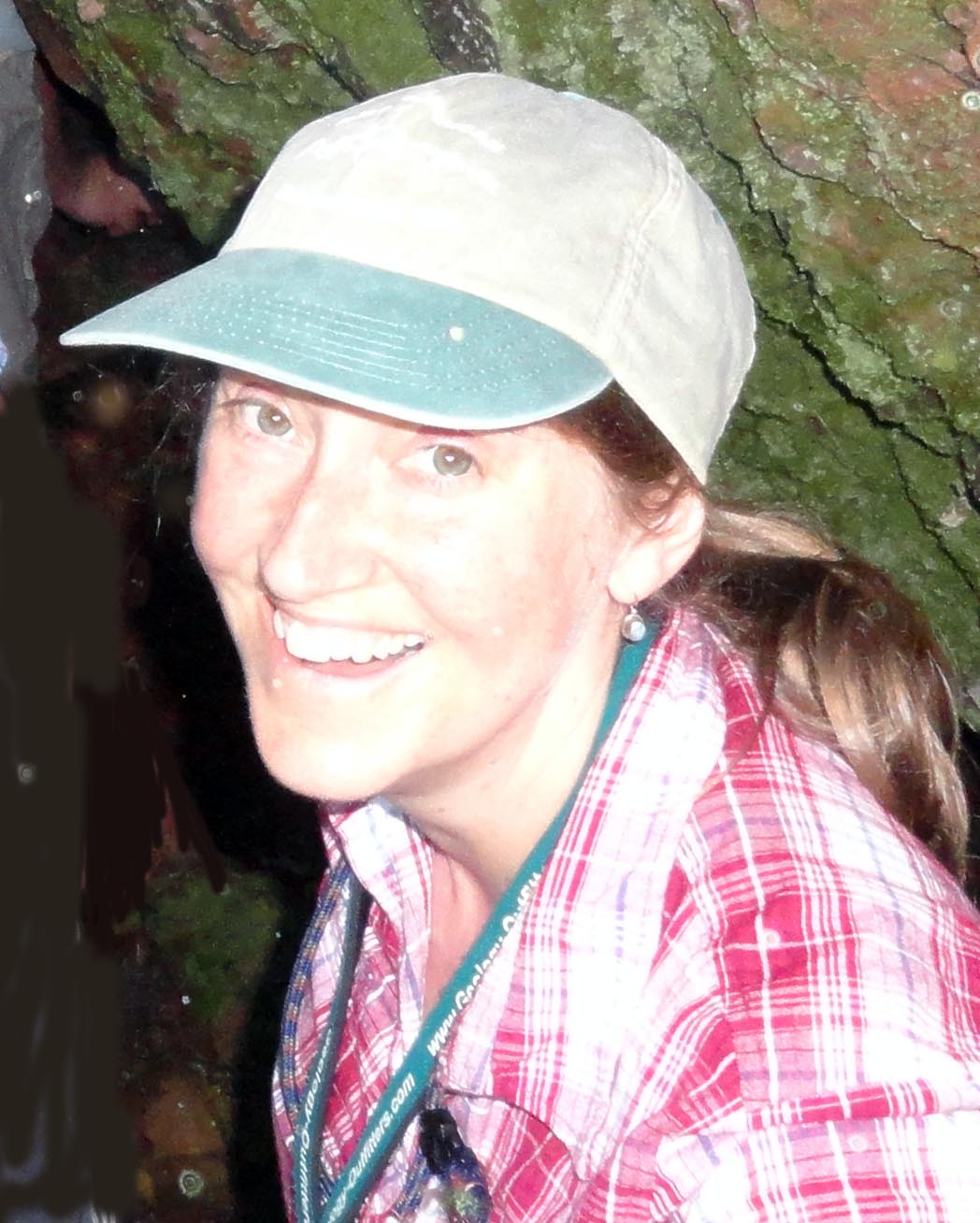 |
Zoe Shipton University of Strathclyde |
|
Title: Pore-scale capillary heterogeneity in reservoir rocks and its influence on reservoir-scale flow Abstract: Zoe K. Shipton1, Carla R. Romano1,2, Charlotte Garing3, James M. Minto1, Sally M. Benson4, Rebecca J. Lunn1
Bio: Zoe Shipton is a Professor of Geological Engineering in the Department of Civil Engineering at Strathclyde University. Zoe works on the link between geological faulting and fluid flow in applications such as hydrocarbons, radioactive waste storage, CCS and geothermal energy, as well as the structure of modern and exhumed earthquake faults. She also conducts research into quantifying geological uncertainties and the perception and communication of risk and uncertainty. She is past chair of the Tectonic Studies Group of the Geological Society of London and current chair of the UK Geo-energy Observatories Science Advisory Group.
|
|






